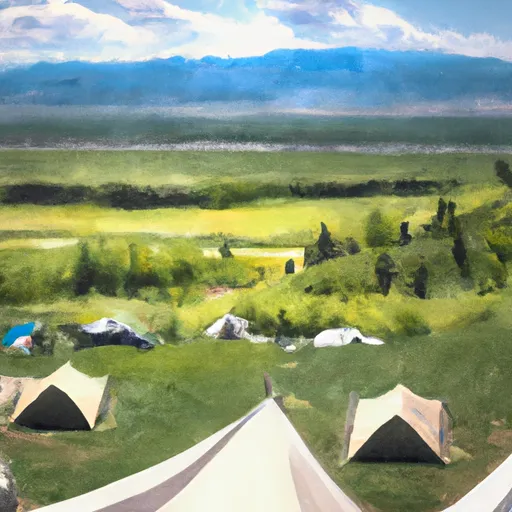2026-01-02T17:00:00-07:00
* WHAT...Snow expected. Total snow accumulations between 6 and 12 inches with locally higher amounts possible. * WHERE...Flat Tops, Northwest San Juan Mountains, Southwest San Juan Mountains, Gore and Elk Mountains/Central Mountain Valleys, and West Elk and Sawatch Mountains above 9500 feet. * WHEN...Until 5 PM MST Friday. * IMPACTS...Travel could be very difficult. The hazardous conditions could impact the Thursday evening and Friday morning commutes.
Summary
It is a majestic mountain that offers breathtaking panoramic views of the surrounding landscape. The peak is known for its rugged terrain and challenging climbing routes, attracting experienced mountaineers and adventure enthusiasts from around the world.
During the winter season, Hayden Peak experiences heavy snowfall, contributing to a significant snowpack. The snowpack range varies each year, influenced by factors such as precipitation patterns and temperature fluctuations. This snowpack provides ample opportunities for winter sports like skiing and snowboarding in the area.
Additionally, Hayden Peak contributes to the water supply of nearby creeks and rivers through its runoff. Specific creeks and rivers that benefit from this mountain's runoff include [insert names of creeks/rivers if available]. This water flow supports the local ecosystem and provides crucial resources for surrounding communities.
In terms of history and lore, Hayden Peak is named after Ferdinand Vandeveer Hayden, an American geologist and surveyor who played a significant role in exploring and documenting the Rocky Mountains region during the 19th century. The name honors his contributions to the field of geology and his dedication to understanding the natural wonders of the American West. While there are no specific legends or folklore associated with Hayden Peak, its towering presence and challenging terrain have undoubtedly inspired awe and respect in those who have ventured to conquer its summit.
Weather Forecast
Regional Streamflow Levels
391
Cubic Feet Per Second
-999
Cubic Feet Per Second
325
Cubic Feet Per Second
1,030
Cubic Feet Per Second
Area Campgrounds
| Location | Reservations | Toilets |
|---|---|---|
 Pearl Pass Dispersed Camping
Pearl Pass Dispersed Camping
|
||
 Silver Queen Campground
Silver Queen Campground
|
||
 Silver Queen
Silver Queen
|
||
 Silver Bell Campground
Silver Bell Campground
|
||
 Silver Bell
Silver Bell
|
||
 Silver Bar Campground
Silver Bar Campground
|
